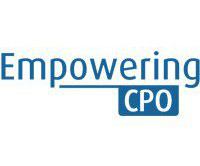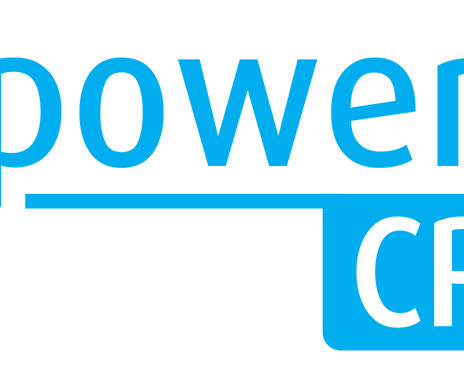Innovative Procurement Models: Exploring Different Approaches
Empowering CPO
JUNE 14, 2023
But before we venture into the depths of innovation in this field, let’s first establish what procurement really is. It’s a strategic function that involves understanding market trends, analyzing suppliers, negotiating contracts, and managing relationships, among other tasks. Introduction A. Understanding Procurement A.












Let's personalize your content